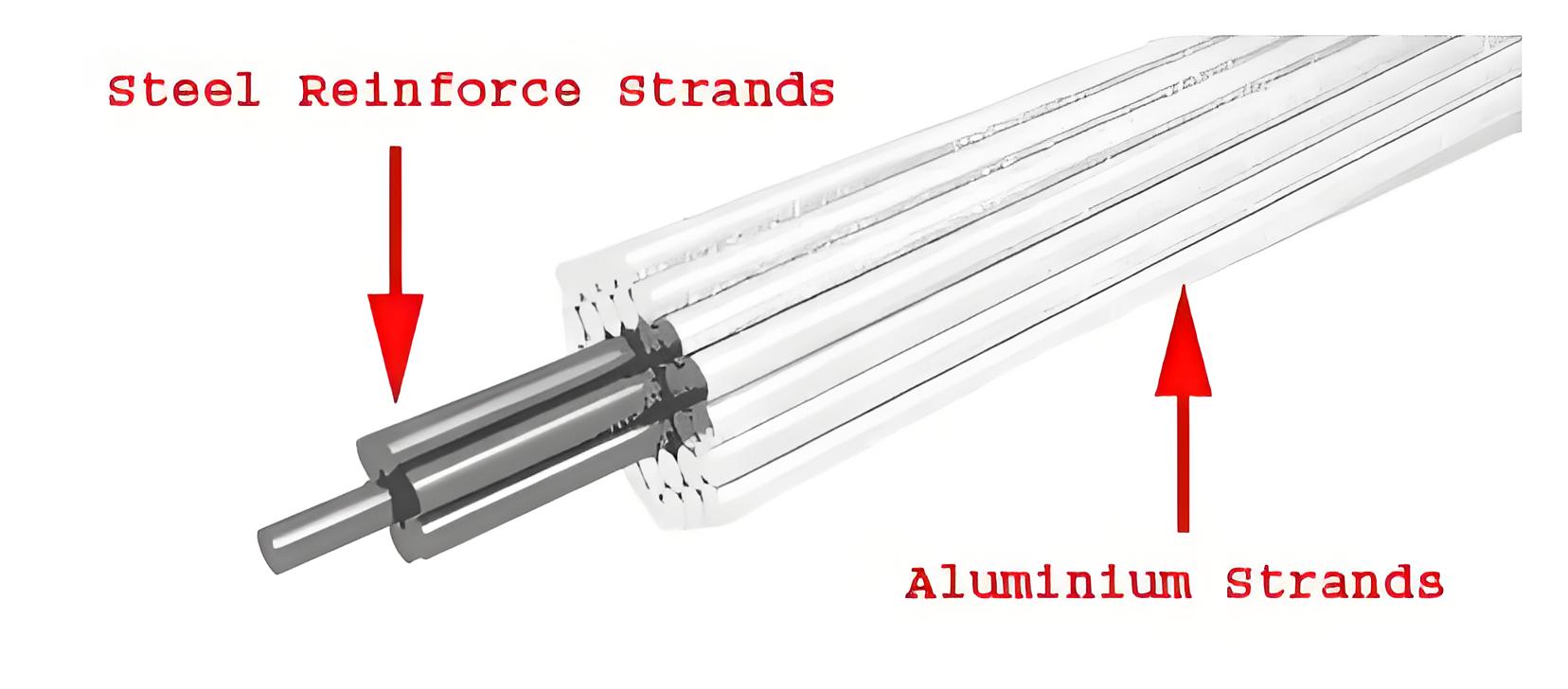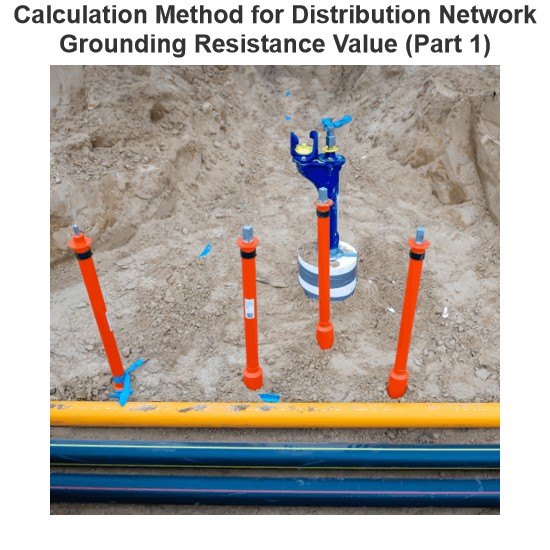What are the Types of Overhead Conductor ?
What are the Types of Overhead Conductor ?
Overhead Conductor Definition
An overhead conductor is defined as a physical medium used to carry electrical energy across distances in transmission and distribution systems.
Copper vs. Aluminum Conductors
Aluminum conductors are preferred over copper due to cost efficiency and reduced corona discharge, despite having lower conductivity and tensile strength.
Types of Conductors
Overhead conductors include AAC, ACAR, AAAC, and ACSR, each with unique properties and uses.
AAC Characteristics
AAC has lower strength and more sag per span length than other conductors, making it suitable for shorter spans at the distribution level.
It has slightly better conductivity at lower voltages than ACSR.
The cost of AAC is similar to that of ACSR.
ACAR (Aluminium Conductor, Aluminium Reinforce)
It is cheaper than AAAC but pro to corrosion.
It is most expansive.
AAAC (All Aluminium Alloy Conductor)

It has same construction as AAC except the alloy.
Its strength is equal to ACSR but due to absence of steel it is light in weight.
The presence of formation of alloy makes it expensive.
Due to stronger tensile strength than AAC, it is used for longer spans.
It can be used in distribution level i.e. river crossing.
It has lesser sag than AAC.
The difference between ACSR and AAAC is the weight. Being lighter in weight, it is used in transmission and sub-transmission where lighter support structure is required such as mountains, swamps etc.
ACSR (Aluminium Conductor Steel Reinforced)

ACSR is used for longer spans while minimizing sag. It may consist of 7 or 19 steel strands surrounded by aluminum strands.
The number of strands is represented by x/y/z, where ‘x’ is the number of aluminum strands, ‘y’ is the number of steel strands, and ‘z’ is the diameter of each strand.
Strands provide flexibility, prevent breakage and minimize skin effect.
The number of strands depends on the application, they may be 7, 19, 37, 61, 91 or more.
If the Al and St strands are separated by a filler such as paper then this kind of ACSR is used in EHV lines and called expanded ACSR.
Expanded ACSR has larger diameter and hence lower corona losses.
IACS (International Annealed Copper Stand)
It is 100% pure conductor and it is standard for reference.
The Electricity Encyclopedia is dedicated to accelerating the dissemination and application of electricity knowledge and adding impetus to the development and innovation of the electricity industry.













